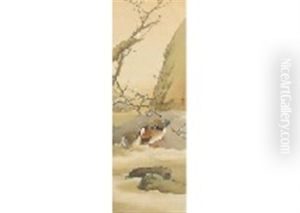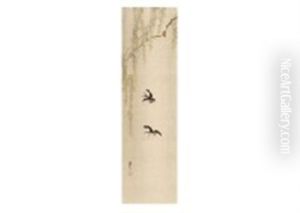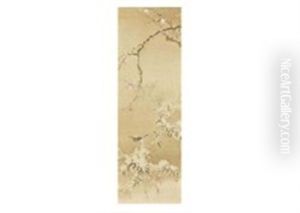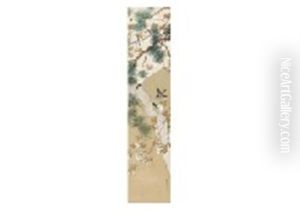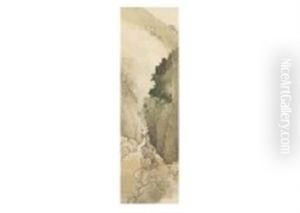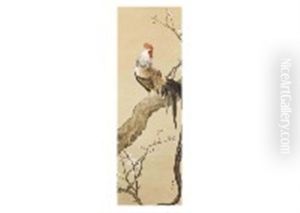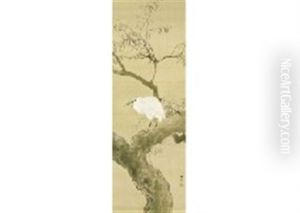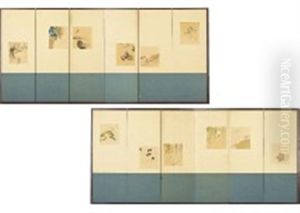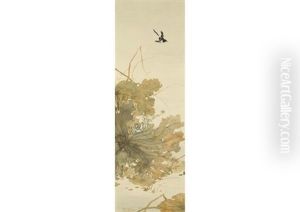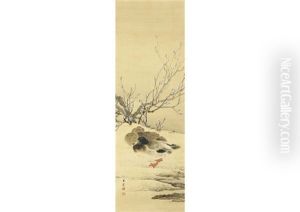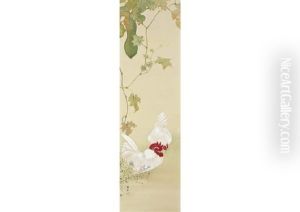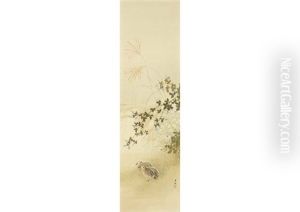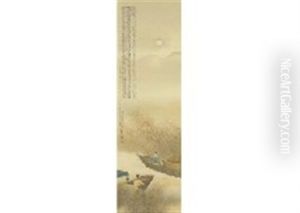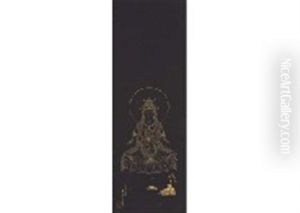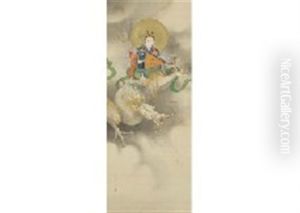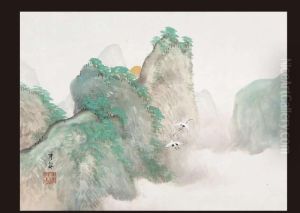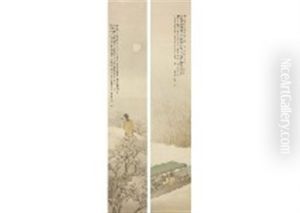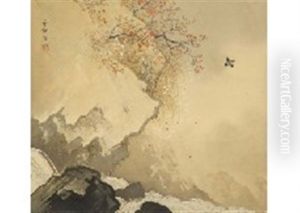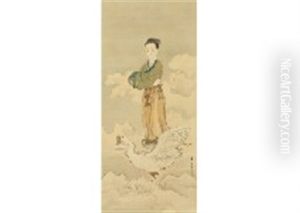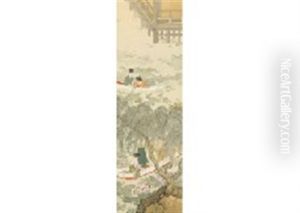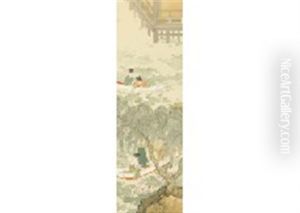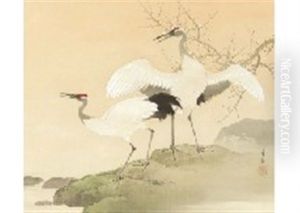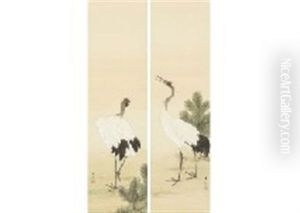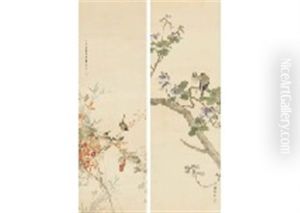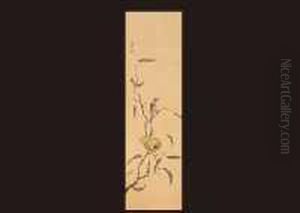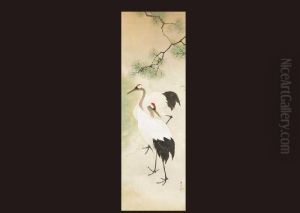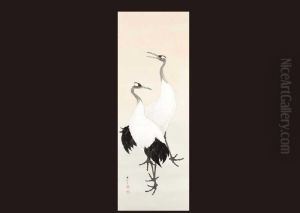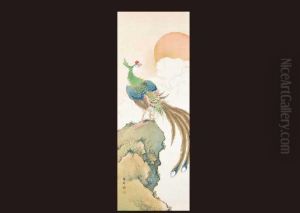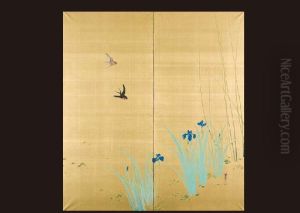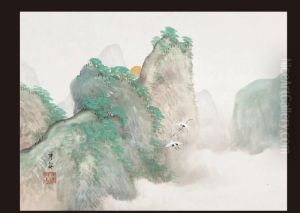Shuho Ikegami Paintings
Shuho Ikegami, born in 1918 and passing in 1981, was a distinguished Japanese artist known for his contributions to the Nihonga style, a genre of painting that endeavors to bring traditional Japanese techniques and themes into the modern era. His work is characterized by a deep respect for classical Japanese aesthetics combined with an exploration of contemporary subjects and sensibilities. Ikegami's paintings often feature landscapes, historical figures, and themes from nature, executed with a precision and delicacy that are hallmarks of the Nihonga tradition.
Ikegami's career spanned a period of significant change in Japan, from the pre-war era through the post-war period of reconstruction and beyond. This historical context is reflected in the evolution of his work, which sometimes incorporates elements of Western art styles, demonstrating the cross-cultural exchanges that influenced many Japanese artists of his time. Despite these influences, Ikegami remained deeply committed to the techniques and materials of traditional Japanese painting, such as mineral pigments and washi (Japanese paper), which contribute to the unique texture and depth of his works.
Throughout his life, Ikegami was an active participant in the Japanese art community, contributing to exhibitions and engaging in artistic discourse. His dedication to his craft and his role in the preservation and innovation of Nihonga painting have earned him a respected place in the annals of Japanese art history. Ikegami's legacy is preserved through his artworks, which continue to be celebrated in collections and exhibitions both in Japan and internationally. His contribution to the world of art exemplifies the enduring appeal of traditional techniques in the modern age, offering a bridge between the past and the present through the medium of painting.
